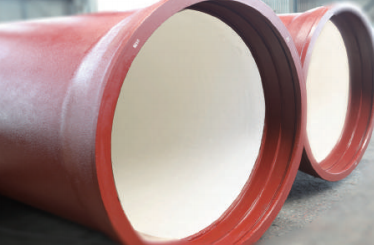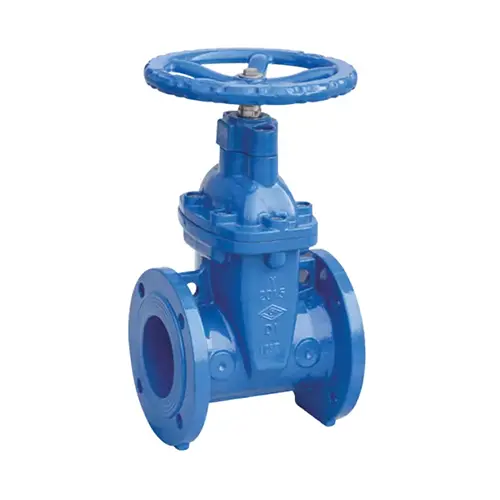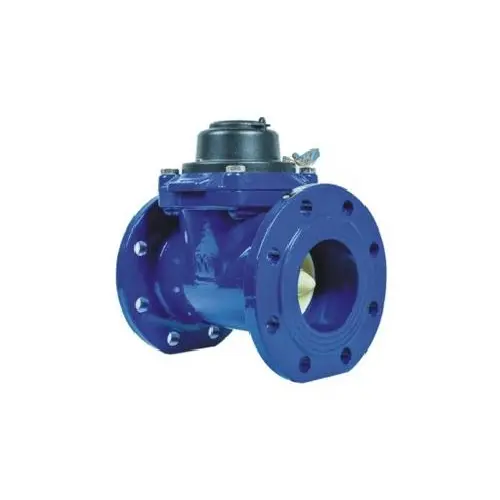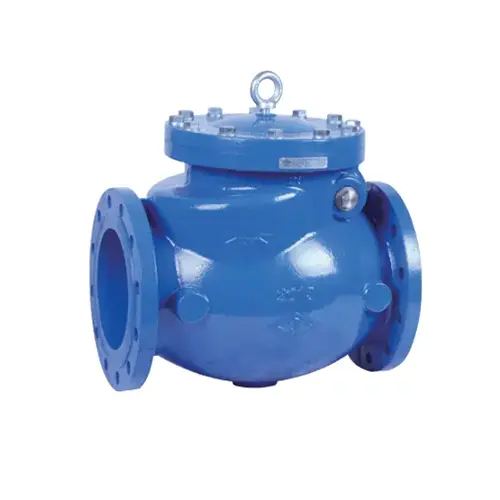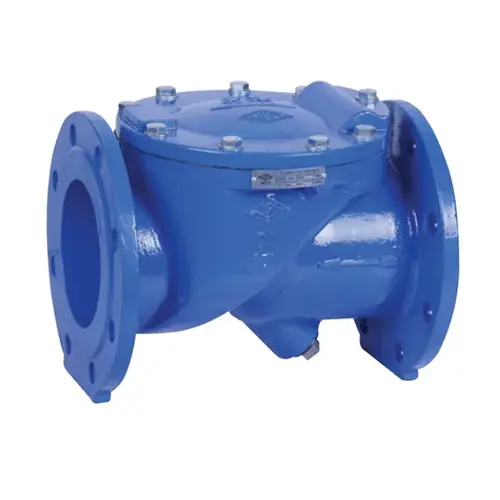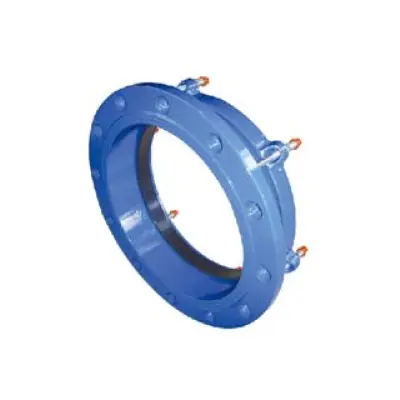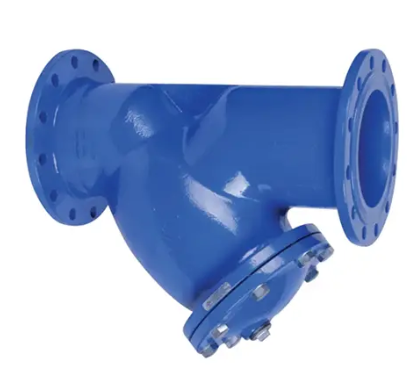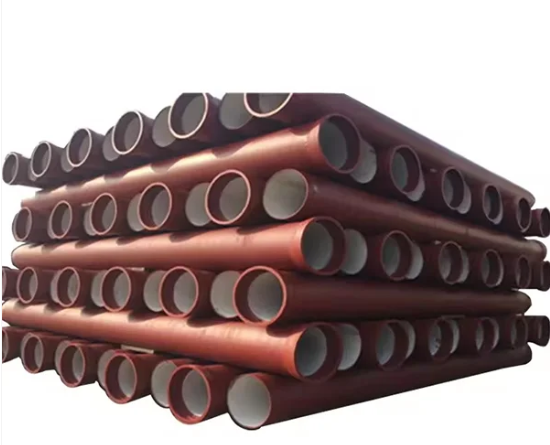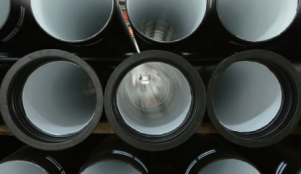Email Us
What Makes Modern Sewage Pipes More Durable and Sustainable for Urban Infrastructure?
Sewage pipes are the silent backbone of every modern city, responsible for transporting wastewater from residential, commercial, and industrial zones to treatment facilities. These pipes form an essential part of the underground infrastructure that keeps urban environments hygienic and operational. Without an efficient sewage system, cities would face serious health risks, flooding, and environmental degradation.
In recent years, the evolution of sewage pipe materials, manufacturing standards, and design structures has transformed how engineers and municipalities approach waste management. Today’s sewage pipes are not merely conduits for water; they are engineered systems designed to withstand chemical corrosion, ground movement, and the test of time.
What Are Sewage Pipes Made Of and How Do They Function?
Sewage pipes are typically manufactured from a variety of materials depending on the project’s scale, location, and budget. Each material has its unique advantages, resistance levels, and maintenance requirements. The most common types include:
| Material | Description | Advantages | Typical Lifespan |
|---|---|---|---|
| PVC (Polyvinyl Chloride) | Lightweight plastic material used for smaller residential or commercial sewage lines. | Corrosion-resistant, easy installation, low cost. | 50–70 years |
| HDPE (High-Density Polyethylene) | Flexible thermoplastic ideal for trenchless installation. | High chemical resistance, flexibility, leak-proof joints. | 75–100 years |
| Concrete Pipes | Traditional choice for large municipal projects. | Strong load-bearing capacity, durable in stable soil conditions. | 70–100 years |
| Ductile Iron Pipes | Metal pipes used in high-pressure applications. | Extremely strong, suitable for deep burial. | 75–100 years |
| Clay Pipes | Historically used, still common in older systems. | Naturally resistant to chemical corrosion. | 50+ years (with maintenance) |
Each of these materials serves a specific purpose in modern infrastructure design. The choice of sewage pipe depends on factors such as soil composition, expected wastewater volume, temperature range, and chemical exposure.
How do sewage pipes work?
The fundamental function of a sewage pipe is gravity-driven flow. Wastewater travels through a series of interconnected pipes at a downward gradient, moving naturally toward the treatment plant. In advanced systems, pumps assist in moving sewage when gravity alone cannot maintain flow. Proper ventilation, joint sealing, and maintenance ensure that gases are safely released and blockages are prevented.
Why Are High-Quality Sewage Pipes Crucial for Urban Development?
As cities expand and populations grow, urban drainage systems face immense pressure. Aging pipelines and poor installation practices have led to leaks, contamination, and system failures in many regions. High-quality sewage pipes solve these challenges by offering durability, reliability, and sustainability.
a. Durability Against Environmental Stress
Modern sewage pipes are engineered to resist corrosion caused by wastewater chemicals and gases such as hydrogen sulfide. Materials like HDPE and PVC are immune to rust, while ductile iron pipes are coated with protective layers to extend their lifespan.
b. Leak-Proof Performance
One of the major causes of groundwater contamination is pipe leakage. Guoming’s precision-engineered pipes feature tight-sealing joints that minimize infiltration and exfiltration, ensuring cleaner environments and compliance with international environmental standards.
c. Cost Efficiency and Longevity
While initial installation costs vary by material, long-term performance plays a critical role in budgeting. Pipes with higher resistance to chemical and mechanical wear reduce repair frequency, saving cities millions in maintenance expenses.
d. Sustainability and Recycling
Sewage pipe production is increasingly guided by environmental goals. Recyclable materials like PVC and HDPE reduce carbon footprints, and advanced manufacturing methods ensure minimal material waste.
e. Adaptability to Urban Expansion
As cities modernize, sewage systems must adapt to increased load and extended coverage areas. Modular and flexible pipe designs allow engineers to extend systems efficiently without major disruptions.
How Are New Technologies Shaping the Future of Sewage Pipe Systems?
The future of sewage management depends on innovation. From smart monitoring systems to improved material science, technological advancements are setting new standards for infrastructure safety and sustainability.
a. Smart Monitoring and IoT Integration
Modern sewage systems now employ sensors and Internet of Things (IoT) devices to detect blockages, monitor flow rate, and predict maintenance needs. These systems allow city planners to prevent failures before they occur, optimizing operational efficiency.
b. Trenchless Installation Techniques
Traditional installation often required extensive excavation, leading to traffic disruption and environmental damage. Trenchless methods such as pipe bursting and horizontal directional drilling (HDD) minimize surface disturbance while providing precise pipe placement.
c. Advanced Material Science
New composite materials are emerging that combine the best properties of existing ones—lightweight flexibility, chemical resistance, and structural strength. This innovation promises even longer-lasting pipes with reduced installation challenges.
d. Circular Economy Practices
Manufacturers are adopting eco-friendly approaches such as reusing old pipe materials and creating closed-loop production systems. This ensures sustainability and compliance with modern environmental policies.
e. Global Market Trends
According to recent infrastructure studies, the global sewage pipe market is projected to grow steadily as urbanization accelerates. Demand is highest in regions upgrading aging systems and adopting smart infrastructure technologies.
Common Questions About Sewage Pipes
Q1: What causes sewage pipe blockages, and how can they be prevented?
A: Blockages often result from the buildup of grease, debris, and non-degradable materials. Prevention includes regular cleaning, proper waste disposal, and the installation of smooth-surfaced pipes that discourage accumulation. In modern systems, sensors can detect early signs of obstruction, allowing timely intervention.
Q2: How often should sewage pipes be inspected or replaced?
A: Inspection frequency depends on material type and system usage. Generally, pipes should be inspected every 5–10 years using CCTV technology. Replacement may be required after 50–100 years, depending on corrosion levels, leakage, and pressure conditions. High-quality HDPE or PVC systems often exceed these benchmarks due to superior resistance.
Why Guoming Sewage Pipes Stand Out
Epoch has established itself as a trusted manufacturer of advanced sewage pipe systems built for efficiency, resilience, and sustainability. Each product is engineered under strict quality standards to meet diverse project requirements, from small municipal installations to industrial-grade systems.
Epoch’s sewage pipes undergo rigorous testing for pressure, leak resistance, and chemical durability. Their smooth interior surfaces ensure uninterrupted flow and reduced energy costs for pumping. The brand also integrates eco-conscious production methods that minimize waste and utilize recyclable raw materials.
As urban infrastructures continue to evolve, Epoch remains committed to innovation, precision manufacturing, and long-term partnerships with global clients. For cities aiming to upgrade their wastewater management systems, investing in Epoch’s sewage pipe solutions ensures cleaner, safer, and more sustainable operations for decades to come.
Contact us today to learn more about customized sewage pipe solutions, technical specifications, and project consultations tailored to your infrastructure needs.
- Why Is Ductile Iron Pipe Still the Safe Choice for Long-Life Water Networks?
- Which Pipeline Installation Machines and Tools Help Me Deliver Faster, Safer, and More Profitable Projects?
- Key points for quality inspection of ductile iron pipes
- Why do Carbon Steel Pipes keep winning tough industrial projects?
- What are the connection methods for ductile iron pipes?
- The Origin of the Butterfly Valve's Name
About Us
Contact Us
No. 112, Jiefang Road, Lixia District, Jinan City, Shandong Province, China
Copyright © 2025 Shandong Epoch Equipment Co., Ltd. All Rights Reserved.


